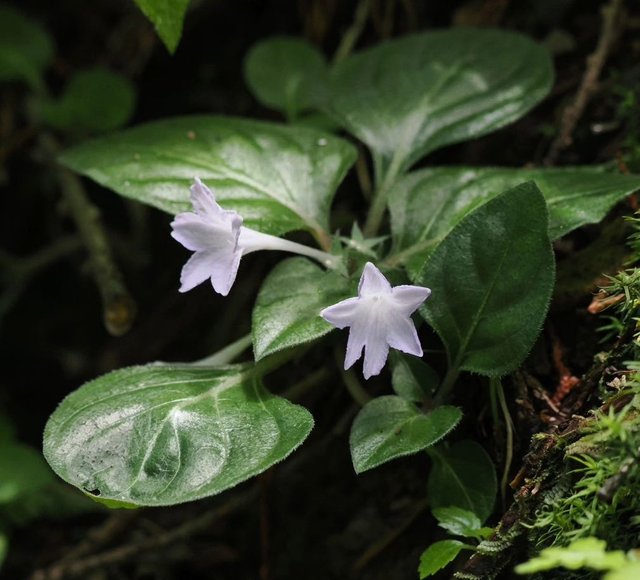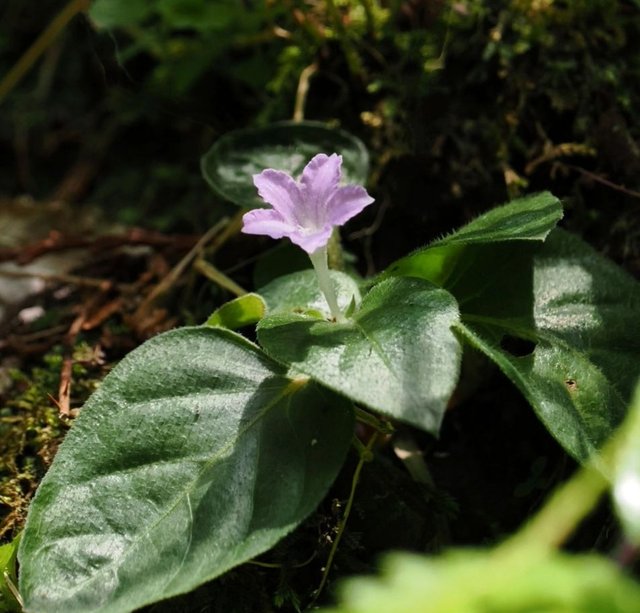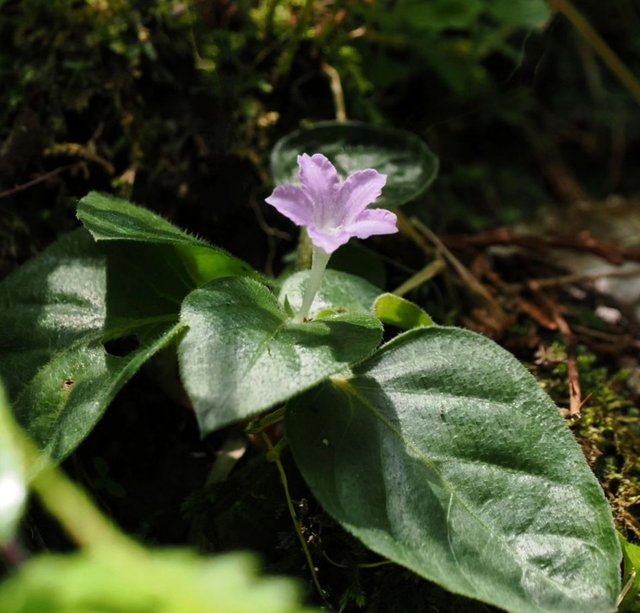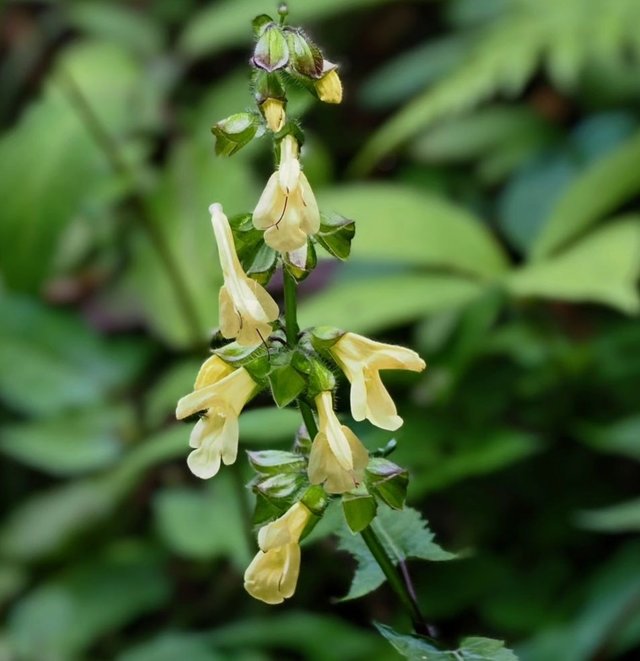Beautiful Colour Brazilian Wild Petunia Flower
The Brazilian wild petunia, scientifically known as Ruellia simplex., is a vibrant and versatile plant native to Mexico, the Caribbean, and South America, including Brazil. This perennial plant, belonging to the Acanthaceae family, has gained popularity worldwide due to its striking appearance, hardiness, and adaptability to various climates and conditions. Here, we delve into the various aspects of the Brazilian wild petunia, exploring its characteristics, ecological significance, cultivation, and uses.
Botanical Characteristics
Appearance
The Brazilian wild petunia is known for its eye-catching blooms and lush foliage. It typically grows between 3 to 5 feet tall and spreads about 2 to 3 feet wide. The plant boasts long, slender, dark green leaves that can grow up to 12 inches in length. These leaves provide a beautiful contrast to the vibrant flowers, which can range in color from deep purple and blue to pink and white.
The flowers themselves are trumpet-shaped, about 2 to 3 inches in diameter, and bloom profusely from spring through fall. Each flower lasts only a day, but the plant continuously produces new blooms, ensuring a steady display of color throughout the growing season.
Growth Habits
Ruellia simplex thrives in a variety of environments, from wetlands to dry, sandy soils. It is particularly noted for its resilience and ability to tolerate both drought and flooding. The plant prefers full sun but can also grow in partial shade, though flowering may be reduced.
The Brazilian wild petunia spreads through both seeds and vegetative means, such as underground rhizomes, making it a robust and sometimes invasive species if not properly managed. It is often found along roadsides, in gardens, and in wild landscapes where it can outcompete native plants.
Ecological Significance
Habitat and Biodiversity
In its native range, the Brazilian wild petunia plays an essential role in local ecosystems. Its flowers attract a variety of pollinators, including bees, butterflies, and hummingbirds, thus contributing to the pollination of other plant species. The dense foliage provides shelter for small animals and insects, while the seeds serve as a food source for birds.




Thanks For Reading
Device Information
| Device | Redmi Note 10 Pro |
|---|---|
| Lens | 64 mp |
| Location | Bangladesh |
